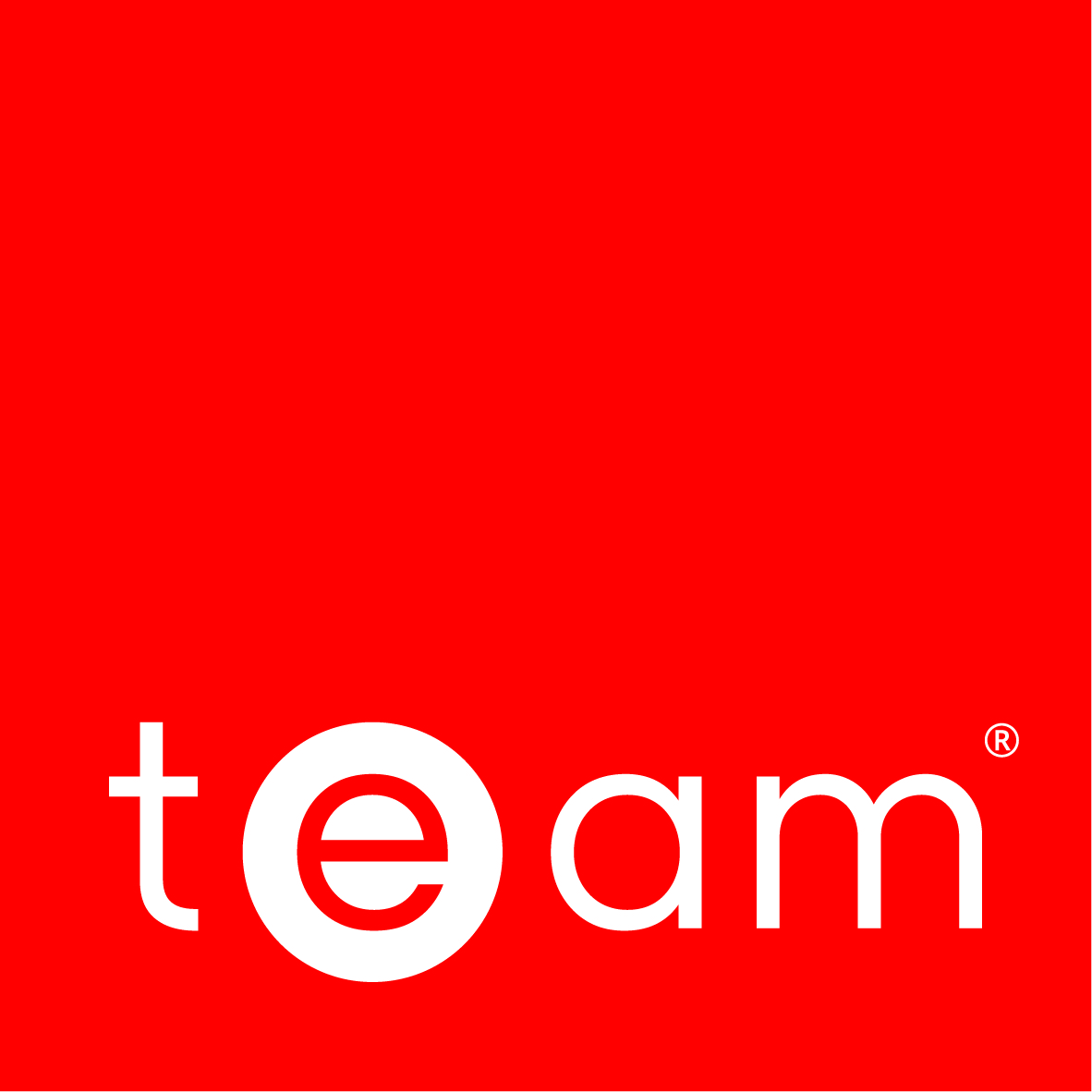By now, most of those qualifying businesses will be going through their checklists and be on course for meeting the 5 December deadline. But, for those of you who are worrying about meeting the deadline, we’ve pulled together eight tips to guide you:
1. Start with the time-consuming tasks
The audit process typically takes around two to three months to complete so you still have time to start this – as long as you start very soon. Focus on the areas of the business where data has not been collected or audited previously as this is the most time-consuming task.
2. Contact a Lead Assessor
If you haven’t contacted a Lead Assessor, do so now. If you leave this too late it will have implications on your submission date.
3. Focus your team’s skills
Divide up the tasks efficiently and appropriately. For example, don’t let someone who isn’t experienced in data conduct energy profiling or benchmarking.
4. Make friends
Become best friends with colleagues who also have commitments to your organisation’s ESOS submission and conduct regular meetings. Transparency and openness will help identify and eradicate potential problems before they get too big or complex. The camaraderie will act as a great motivator.
5. Maximise your software’s capability
If you have a software solution for your energy data, check that you are making the best use of its capabilities. Revisit any online guides, training notes, or webinars to ensure that you are creating the most dynamic reports and that you know the smartest shortcuts. This could shave off lots of time over the coming months.
6. Start collating the following documents:
- The ESOS report including a contents page, an ESOS qualification assessment with an organisation structure diagram and the rationale for the sampling approach for the audits
- Clear identification of the Total Energy Consumption (TEC) and Significant Areas of Energy (SEC) for the stated period and show as percentages
- Conversion factors for fuel, if applicable, remember to state the factor used AND reference the source
- Evidence of energy data used, spreadsheet or report AND include scanned copies of the bills and primary data for transport energy to the evidence pack (i.e. the fuel consumption spreadsheets provided by the fuel card provider); all in a separate folder, any auditor will want to see everything
- An auditor will want to see energy profiling, so carry this out if there is suitable metering
- A scanned copy of the ESOS report with the Board Director sign off, include the whole document, and consider having the Director initial each page
7. Phase the workload with a schedule
A few ESOS activities checked off each week will make the process easier to manage.
8. Keep notes, tips or an activity journal.
The deadline for ESOS may be 5 December 2019 but Phase 3 compliance starts on 6 December and your learnings from this current phase will help guide you in 2023.
What do you need to do now?
Keep calm and carry on. You still have time. But if you need help to ensure you meet the deadline, our consultants will be able to help you achieve compliance.
Read more ESOS blogs
- Top tips on making your ESOS Phase 2 as painless as possible
- Important lessons learnt from the ESOS Phase 1 audit
ESOS Phase 1 and 2 have come to an end, read up on ESOS Phase 3
